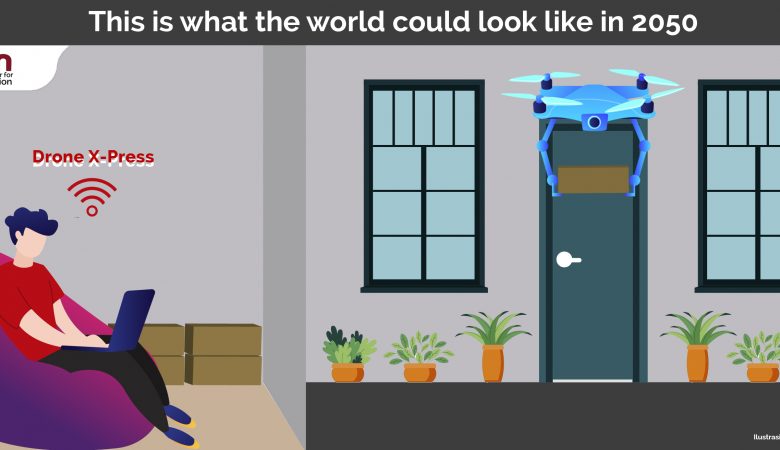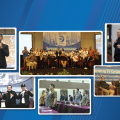Christiana Figueres, the Former Head of UN Climate Change Convention, Co-founder of Global Optimism Ltd., co-author of The Future We Choose: Surviving the Climate Crisis, Global Optimism said that In the last fifty years, the world has undergone a great deal of transformation. There has been incredible progress in almost all spheres of life. The vistas of knowledge and advancement have grown beyond human imagination.
What has been witnessed in the past five decades stands testimony to the fact that however wild imagination may be, it only takes a little time to come true. From what were merely stories of yesterday, which go popularly under the name of science fiction or sci-fi, the musings have become reality today.
And what does one know; one day the sci-fi movies that are made today may no longer appeal, as they would already become reality. Just as the pushback vimanas of the imagination of yore became the flying machines of today, the advancement through superior technology may make human life undergo unthinkable changes. With technology reinventing itself every few weeks, it is quite likely that in another five decades the world is going to be a changed place.
Life is going to be very cushy, as the physical movement to accomplish tasks would have been minimized. The quality of life would have improved tremendously, as all the objects of material comforts are at hand. She also mentioned that automation is expected to banish the word drudgery for all times to come. Man is scaling the ladder of scientific progress by leaps and bounds. With an enhanced understanding of the human body, we are likely to lead healthier lives. Cures for diseases would not be as difficult or unaffordable as they are now.
In all probability, robots and computer-controlled machines would be programmed to perform risky operations and procedures with amazing precision and accuracy.
The combination of design tools, rapid and inexpensive DNA sequencing and synthesis, and the already widespread availability of information about laboratory techniques in molecular biology will create an environment where biological engineering will transition from research to profession, to vocation, to avocation. In 2050, following the fine tradition of hacking automobiles and computers, garage biology hacking could be well underway. Of course, if there is a benefit then there are enough reasons to watch out for the misuse of the technology too. The latest bit that has hooked the scientific world over is nanotechnology, with its unlimited capacity to revolutionize many areas.
Nanotechnology is about rearranging atoms whichever way we want. Often called molecular nanotechnology or molecular manufacturing, it will let us make most products lighter, stronger, smarter, cheaper, cleaner, and more precise. Today, travel in space is very expensive and reserved for an elite few. By making the airplane’s weight lighter than can be believable, nanotechnology will dramatically reduce the costs and increase the capabilities of space ships and space flight.
Besides these, it can also provide extremely powerful computers with which to guide both those ships and a wide range of other activities in space. We could also witness the development of a medical technology that for the first time would let us directly heal the injuries at the molecular and cellular level, that are the root causes of disease and ill-health. Military applications of nanotechnology raise a number of concerns. It would make it possible to build weapons both inexpensively and much more rapidly.
Rapid and inexpensive manufacture of great quantities of stronger, more precise weapons, guided by massively increased computational power, will alter the way we fight wars. But before the use of this much more complicated and powerful technology for this purpose, one has to systematically anticipate and incorporate safeguards.
Until now, we have witnessed that the already genetically engineered biological viruses pose such a great threat to the lives across the globe. And with technology aiding weapons development, it is quite likely that there would be a multi-polar world where different kinds of weapons capabilities will bargain for gains from one another. The surveillance would have become so overwhelming that privacy is something that will have to be safeguarded with all might.
Like it or not, one will have to be ready for the changes and accept them as they come.
Author: Diva Maharani | Illustrator: Akbar Nugroho
sources:





